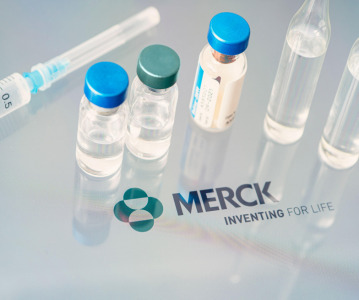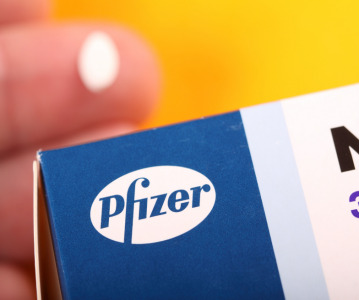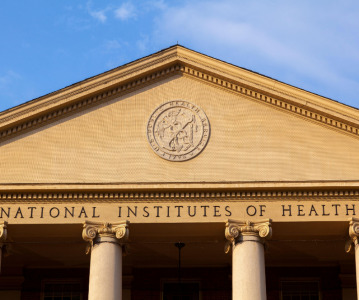Building supply chain resiliency to ensure access to medicines

With CPHI North America fast approaching, we ask Karen Flynn (President, Biologics & Chief Commercial Officer, at Catalent), Hamilton Lenox (Senior Vice President of Business Development, Sales & Marketing, at LGM Pharma), and Mike Kleppinger, Chief Commercial Officer, at AMRI) to weigh in on strategies the industry can use to build supply chain resiliency which ensure uninterrupted access to medicines
Supply chain challenges have been with us for years. Complications, including drug shortages, unforeseen closures, regulatory shutdowns, and mishandling in transit, have increased, and as a result, supply chains have become a source of deep anxiety. In the early days of the pandemic, supply chains stretched nearly to the breaking point. All of this has intensified scrutiny of their length and complexity as well as the risks they pose to the availability of medicines.
The question of how to bolster supply chain resiliency has raised a number of proposed solutions, including the need to return the drug industry to American shores. But while calls to reshore drug supply chains to the US have become popular, the real question may be: is it even feasible? It depends on how one defines reshoring.
At the extreme – and generally regarded as impracticable – is the complete reshoring of the entire industry (and its strategic allied partners and suppliers) to domestic shores. Even the most stubborn among such a policy’s supporters acknowledge that some aspects of drug discovery, development, and manufacturing will necessarily reside abroad.
Other more pragmatic proposals and supply chain strategies emphasize stability of supply. They typically involve supplier-, facility-, source-, or geographical redundancy, reshoring portions of the supply chain, or a combination of these elements
The right question?
Our experts’ consensus around whether or not the pharma industry can be successfully brought back to the US is that it may not be the right question. Catalent’s Flynn points to an already-growing domestic industry presence: “For biologics and the sterile injectable markets specifically, there is already a very healthy manufacturing footprint in North America today.”
Hamilton Lenox of LGM Pharma – itself recently in the news for acquiring a domestic CDMO – concurs. “US capacity is, in large part, tied up with novel therapeutic production. We would have to either diminish our focus in the US on novel therapeutics to create capacity for generic production, or we would have to build out additional capacity.”
While there are advantages, reliance on domestic supply chains also has its risks. Much like the dangers that can – and have – arisen by dependence on foreign facilities, domestic plants can be shut down for many reasons – from extreme weather and fires to political unrest or compliance concerns.
AMRI’s Mike Kleppinger, sums it up: “Relying too heavily on a single geographical location opens up considerable risk when it comes to assuring uninterrupted drug supply. The SARS-CoV-2 outbreak has brought these concerns to the forefront, as the Chinese government mandated temporary factory closures at the beginning of the pandemic and India restricted exports of some pharmaceutical ingredients amid fears of global shortages.”
Amid the pandemic, many see decoupling from China as a key strategic goal. Our experts are split on what – precisely – that means for reshoring. Lenox points to essential drugs as a potential target for domestic production: “Whether you want to look at it from a national security perspective, or a healthcare perspective, what are the essential therapeutics that we really have to maintain a supply of in the US? We need to have a deeper understanding of the risk factors in the supply chain for pharmaceuticals, as well as other supply chains that are critical for national security.”
Rather than emphasizing the return of all operations to US shores, those we spoke with underscored that reducing risk and ensuring supply chain resiliency is dependent on a broader range of strategies.
Flynn, Lenox, and Kleppinger all concur that reshoring isn’t a binary choice. According to Flynn, “if the drug will be launched into multiple markets, or an initial launch in one market, followed by follow-on markets, then it may make sense set up a global network of manufacturing facilities to serve your patient populations.”
“By qualifying multiple facilities, as well as choosing facilities in different regions, countries, etc., a company can help ensure continuity of supply if an unforeseen issue occurs in the country of origin or, as we have seen through the pandemic, along the transport route, and across borders,” Flynn continues.
Dual sourcing
AMRI has adopted a similar approach based on redundancy. “With supply chain continuity underpinning the timely delivery of urgently needed drugs to patients, dual sourcing has become an established mode of operation. Yet for dual sourcing to be effective, whenever possible, it is important that both sources are located in different geographies and that each has its own distinct supply chain in place.”
Lenox also points out the importance of qualifying multiple suppliers. “Having a single source is a huge risk, regardless of where that company is located. If there's a fire, tsunami, earthquake, a tariff situation or geopolitical disruption, you are in a very poor position and are likely going to have shortages of that drug. Because of the cost to qualify a secondary source, generic companies typically don't do so. That's something that's likely going to need to change in the future.”
Kleppinger shares where the product will be launched, production volumes, and dosage forms are key drivers. “Onshore and offshore options are not only a cost-play but also a commercial launch strategy. If a source is approved in both the US and Europe, launching becomes far easier from a regulatory perspective.”
Flynn also acknowledges the importance of launch strategy. “It will really depend on the commercial strategy that the sponsor company has for their drug. We find that some sponsors value having their manufacturing in the region of the patients that their drug will serve. On the other hand, for programs that may require unique technology or expertise, sponsor companies may be limited to using facilities that have the right fit of capabilities and/or availability when the sponsor needs it. In such cases, location may not be the biggest driver.”
As for a complete decoupling from foreign suppliers, the likelihood seems slim – at least in the short term. “The short answer is no, right now we cannot completely decouple from China,” says Lenox. “In the longer term, yes - but only if we have a comprehensive strategic plan to bring manufacturing capacity back to the US from China as well as India, and which takes generic therapeutics into consideration.”
The right approach may be to focus less on pharma’s return to US shores and instead take prudent steps to secure supply chains and create redundancies around the globe to ensure reliable access to medicines.
Want to learn more about this and other topics related to pharma in North America? Join us at CPHI North America this summer - online July 19 - August 13, and in-person August 10-12 in Philadelphia, PA. Registration is now live and tickets are free until July 18th!
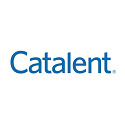


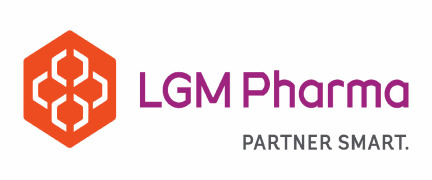
Related News
-
News Merck invests US$1 billion in new USA-based vaccine facility
Merck annouces the opening of a new state-of-the-art vaccine production plant in Durham, North Carolina, USA, in efforts to bring pharmaceutical product development onto home soil in face of new import tariffs. -
News US FDA adds haemodialysis bloodlines to devices shortage list
On March 14, 2025, the US FDA published an open letter to healthcare providers citing continuing supply disruptions of haemodialysis bloodlines, an essential component of dialysis machines. -
News Women in Pharma: Manufacturing personal and team success
Our monthly Women in Pharma series highlights the influential lives and works of impactful women working across the pharmaceutical industry, and how the industry can work towards making the healthcare industry and workplace more equitable and inclusive... -
News The next 15 drugs up for negotiation with Medicare include several blockbusters
By now, everyone is quite familiar with the drug price negotiations taking place between drug companies and the Centres for Medicare & Medicaid Services (CMS) in the USA as part of measures being taken to reduce the cost of drugs for patients, to make ... -
News Pfizer may shift production back to US under Trump pharma tariffs
At the 45th TD Cowen annual healthcare conference in Boston, USA, Pfizer CEO Albert Bourla outlined the potential for Pfizer to shift its overseas drug manufacturing back to the US as pharmaceutical industry players weigh their options against Presiden... -
News Experimental drug for managing aortic valve stenosis shows promise
The new small molecule drug ataciguat is garnering attention for its potential to manage aortic valve stenosis, which may prevent the need for surgery and significantly improve patient experience. -
News Trump's federal funding shift could stifle biotech innovation
Over a month into the second term of Donald Trump’s presidency and we have already seen some big changes affecting the healthcare industry. -
News Sanofi receives FDA warning over contamination at manufacturing site
The FDA issues a warning letter to Sanofi over contamination violations found at the Framingham biologics facility, in Boston, MA, USA.
Position your company at the heart of the global Pharma industry with a CPHI Online membership
-
Your products and solutions visible to thousands of visitors within the largest Pharma marketplace
-
Generate high-quality, engaged leads for your business, all year round
-
Promote your business as the industry’s thought-leader by hosting your reports, brochures and videos within your profile
-
Your company’s profile boosted at all participating CPHI events
-
An easy-to-use platform with a detailed dashboard showing your leads and performance
